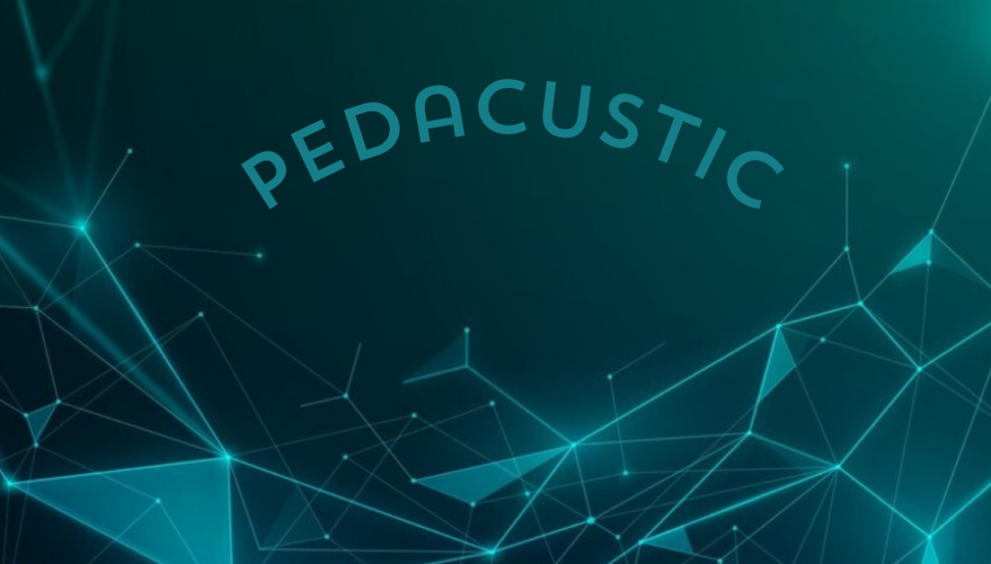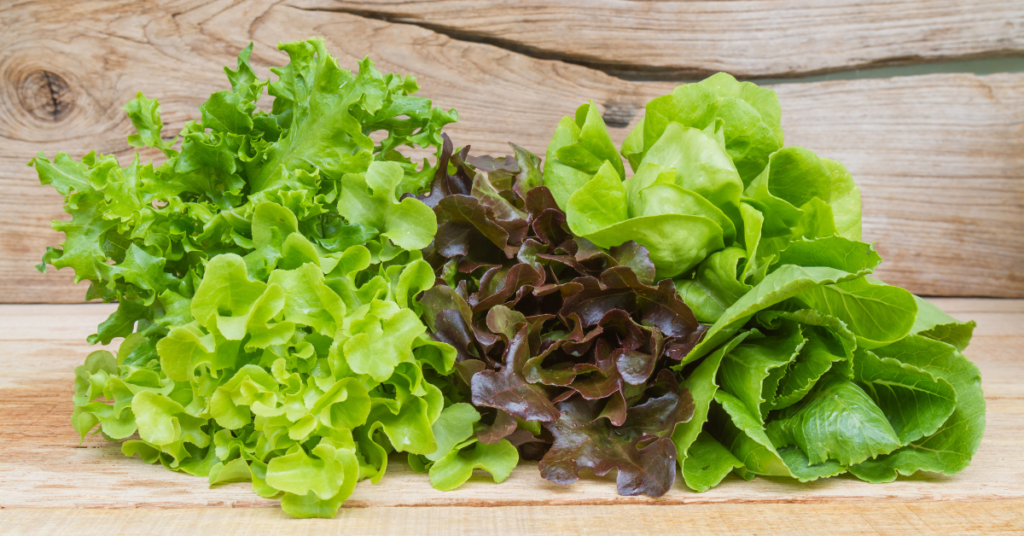Pedacustic: Redefining Acoustic Excellence in Music

Music has always been an art form that evolves with time. One of the emerging terms in the music world today is “Pedacustic.” Whether you are a professional musician, an enthusiast, or simply someone curious about the next big thing in acoustics, this article will delve deep into what Pedacustic is, how it is transforming the soundscape, and why it matters. We’ll break it down with easy-to-understand explanations and helpful insights.
What Is Pedacustic?
In simple terms, Pedacustic refers to an innovative concept or technique related to enhancing acoustic sound quality. Derived from the combination of “pedal” and “acoustic,” it signifies a breakthrough in the way sound is produced and manipulated through acoustic means, often with the aid of pedals or similar technology.
Pedacustic isn’t merely about modifying sounds; it is about enhancing the natural beauty of acoustic instruments. This technique allows musicians to blend traditional sounds with modern elements, creating a sonic experience that is rich, deep, and emotionally resonant.
A Brief History of Acoustic Innovation
To truly appreciate the concept of Pedacustic, it’s essential to understand its roots in acoustic innovation. The acoustic world has seen various advancements over the centuries, from the crafting of traditional string instruments to the development of digital and electronic enhancements.
Early on, musicians and instrument makers sought ways to amplify sound naturally. The introduction of hollow bodies in guitars, violins, and other instruments marked significant progress. However, as technology advanced, the desire to blend the authentic sound of acoustic instruments with new capabilities led to inventions like amplifiers, pedals, and digital processors.
Pedacustic represents the next leap forward in this long line of acoustic evolution.
The Technology Behind Pedacustic
Pedacustic relies on both analog and digital technologies to refine and enhance the natural sounds produced by acoustic instruments. The primary tool in Pedacustic setups is the pedalboard or specialized devices designed to work in harmony with acoustic guitars, pianos, or even wind instruments. These pedals are often equipped with features like reverb, delay, chorus, and even more exotic sound manipulations tailored to preserve the warmth of the original sound while adding layers of depth.
The success of Pedacustic lies in its ability to balance these effects without overpowering the instrument’s natural tones. Unlike electric guitars, where distortion and heavy effects are often part of the desired outcome, Pedacustic focuses on clarity and natural resonance.
Popular Pedacustic Gear
- Acoustic Reverb Pedals: Enhance the natural resonance of an instrument, adding warmth and richness.
- Chorus Pedals: Create a fuller, more textured sound by slightly altering pitch and timing.
- EQ Pedals: Allow precise control over different sound frequencies, ensuring perfect balance in various performance environments.
- Looper Pedals: Enable musicians to record and layer multiple sounds live, expanding the potential for creativity during performances.
The Role of Pedacustic in Modern Music
The music industry has always embraced new technologies that help push the boundaries of creativity. Pedacustic plays a crucial role in this by offering musicians the tools to experiment with acoustic sounds in ways that were previously impossible.
- Live Performances: For acoustic musicians, live performances have always presented challenges when it comes to sound quality. Traditional acoustic instruments can get lost in large venues or compete with the ambient noise. Pedacustic allows musicians to preserve the purity of their instruments while enhancing them just enough to reach the entire audience.
- Recording Studios: In the recording world, sound engineers often rely on a mix of natural and processed sounds to create the perfect track. Pedacustic techniques enable engineers to capture the raw emotion of an acoustic performance while adding just the right amount of enhancement for a polished, studio-quality track.
- Genre-Blending: One of the most exciting applications of Pedacustic is its ability to blur the lines between genres. For example, folk musicians can infuse elements of electronic music into their acoustic sets, creating a hybrid sound that appeals to a broader audience.
Pedacustic and the Acoustic Guitar: A Perfect Match
Among all instruments, the acoustic guitar has seen the most widespread adoption of Pedacustic techniques. Acoustic guitars are naturally expressive, with a wide tonal range, making them ideal candidates for sound enhancement.
The Traditional Acoustic Sound
The rich, warm tones of an acoustic guitar have been cherished for centuries. The blend of wood, string, and player technique produces a sound that is both personal and universal. This traditional sound is characterized by its rawness, with each note holding its resonance, undistorted by technology.
How Pedacustic Enhances the Acoustic Guitar
Pedacustic, when applied to the acoustic guitar, offers musicians a wider palette of tonal options without losing the core identity of the instrument. A simple reverb pedal can create the illusion of playing in a large hall, while a chorus pedal can give the sound a lush, doubled effect.
For more adventurous players, looping pedals allow layers of sound to build upon each other, creating a one-person symphony. Whether playing solo or in a band, these techniques add texture and complexity to the music, making each performance unique.
Pedacustic in Other Instruments
While the guitar may be the most popular instrument for Pedacustic, it is by no means the only one. The concept applies to virtually any acoustic instrument, from pianos to violins to woodwinds.
- Pedacustic Piano: A piano fitted with Pedacustic technology can transform from a classical solo instrument into a multi-dimensional sonic experience. Reverb, delay, and looping effects allow pianists to explore new realms of sound while keeping the essence of the piano intact.
- Pedacustic Strings (Violins, Cellos): String instruments are naturally dynamic, and Pedacust techniques can enhance their already rich tonal quality. This can be particularly effective in genres like classical crossover or even in experimental indie music.
- Pedacustic Woodwinds: Wind instruments, though less common in Pedacust applications, benefit from subtle enhancements like reverb and delay. These effects allow the player’s breathy tone to linger in a way that feels organic and full of life.
The Art of Balancing Effects in Pedacustic
Achieving success with Pedacustic involves understanding how to balance the effects used. Too many effects can drown the natural beauty of the instrument, while too few might fail to capture the full potential of the technology.
Tips for Pedacustic Balance
- Start Subtle: Begin by adding a gentle reverb or EQ to enhance natural sound. Less is often more in acoustic setups.
- Test in Different Environments: How an instrument sounds in a studio can differ drastically from a live performance. Always test your Pedacustic setup in various spaces to find the ideal balance.
- Stay True to the Instrument: Pedacust should enhance, not replace, the core character of your instrument.
Pedacustic Artists to Watch
Several artists have already embraced Pedacustic as part of their signature sound. These musicians are pushing the boundaries of acoustic music by integrating pedals and effects into their performances.
- Andy McKee: Known for his percussive fingerstyle guitar, Andy McKee uses Pedacustic techniques to create layered, dynamic performances that captivate audiences worldwide.
- Kaki King: Another acoustic virtuoso, Kaki King, integrates effects pedals into her live performances, crafting soundscapes that blend traditional guitar with modern sound textures.
- Agnes Obel: A pianist and vocalist, Agnes Obel applies Pedacust principles to her music, using subtle effects to enhance the atmospheric quality of her songs.
Future of Pedacustic
The future of Pedacustic is bright, with new technologies emerging to further enhance the possibilities for musicians. As digital and analog technologies continue to evolve, we can expect more refined and versatile Pedacust setups that cater to a wide range of instruments and musical styles.
Upcoming Innovations
- Wireless Pedalboards: The future of Pedacustic might involve seamless, wireless pedalboards that allow for even more freedom on stage.
- AI-Enhanced Pedals: Pedals powered by artificial intelligence may soon be able to analyze an acoustic performance in real time, adjusting effects automatically for optimal sound quality.
How to Get Started with Pedacustic
If you’re ready to explore Pedacustic for yourself, the best way to get started is by experimenting with a few basic pedals. Acoustic players often begin with reverb and delay pedals, as these are the most natural-sounding effects.
- Choose the Right Pedals: Start small with essential effects like reverb, EQ, or delay.
- Practice Layering: Get comfortable layering different effects and sounds, but always keep the acoustic instrument’s natural tone in mind.
- Experiment and Innovate: Pedacustic is all about creativity. Don’t be afraid to push boundaries and develop your unique sound.
Conclusion
Pedacustic is revolutionizing the world of acoustic music, offering musicians new ways to explore and expand their sound. With the right balance of technology and natural tone, Pedacust allows musicians to enhance their performances and recordings in a way that feels organic and timeless. Whether you’re an experienced musician or a curious listener, Pedacust has something to offer everyone in the ever-evolving world of sound.







